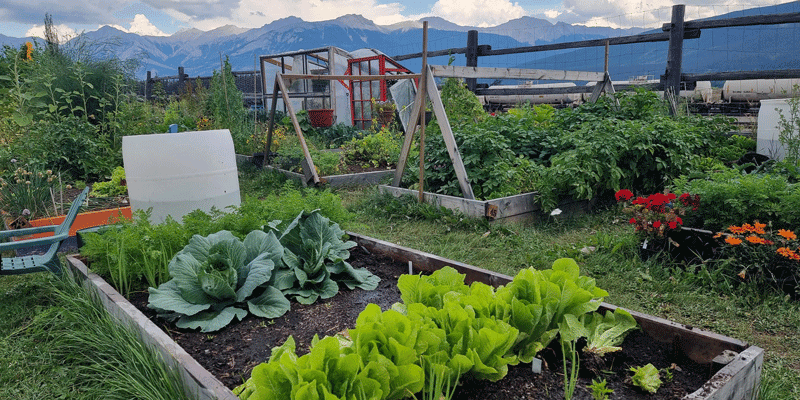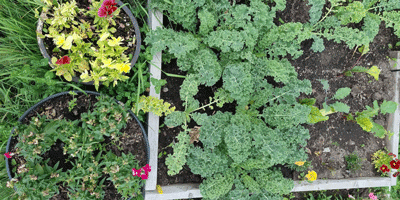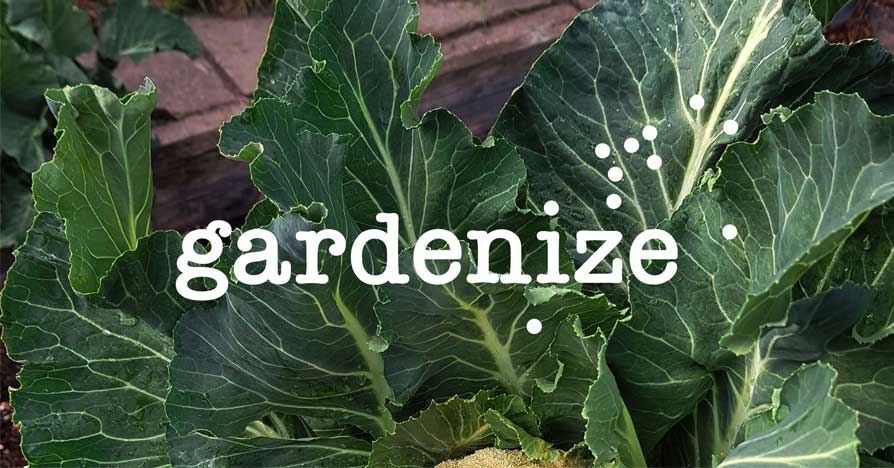What to do in in the garden in September
September is here. While we might be sad that summer is coming to an end, in the garden, our plants finally heave a sigh of relief. The weather can be very unpredictable this month for many of us. Sunny and mild, excessive heat, massive rainfalls and hurricanes. Fall is a very busy time in the garden no matter where you live. Be sure to stay on top of your chores to give your garden the best chance at producing a fall garden, surviving the winter, and producing in the spring. Here are what you should be doing in September depending on where you live. September Gardening tips and To-Do list for every zone and region.

General Garden chores in September
- Turn over your compost pile one last time or build one now in preparation for the deluge of fallen leaves.
- Clean up flower beds.
- Deadhead annuals and perennials to keep them blooming as long as possible
- Cut back perennials that are done blooming. Trim off any dead vegetation.
- Take cuttings from plants
- Spray Japanese knotweed, a common garden weed, while it is blooming. The herbicide will have the most impact now.
- Keep harvesting!
- Prop your pumpkins for halloween! Remove leaves shadowing the fruit and raise them off the ground to prevent possible rotting.
Vegetables and herbs to plant in September
Time to plan your fall garden! Many things you planted in the spring can also be grown in your fall garden. To determent when to plant, take a look a the maturity time and work backward from the frost date.
- Arugula
- Collard greens
- Lettuce
- Mache
- Mustard greens
- Radishes
- Spinach
- Peas (North, Midwest, Southern Canada)
- Turnips (North, Midwest, Southern Canada, Southeast, Southwest)
- Bok Choi (Mid-Atlantic, Pacific Northwest, Southeast, Southwest)
- Carrots (Southeast, Southwest)
- Beets (Southeast, Southwest)
- Kale (Southeast, Southwest)
Gardenize app tips
1. Nothing guarantees a successful late growing season more than healthy mineral rich soil. By utilizing the “Areas” feature, Gardinze can help by identifying previously harvested plants and guaranteeing the best soil and location for your late season planting.
2. If history has taught us anything, it is the importance of understanding how the rotation of crops can be on growing successes from year to year. Gardenize makes this a snap by tracking previous “Events” and helping to ensure your late season planting successes by knowing when to harvest and how to successfully transition to the new plants. Try it – make and read notes!
3. The Gardenize “Draw” feature allows the user to personalize and update their garden and late season turn over easily and efficiently.
Mid-Atlantic (USDA Zone 5-7)
There will still be warm in the Mid-Atlantic, but also some milder days.
- Leave your perennials standing a bit longer and save the seeds before cutting back.
- Cut back on irrigation as temperatures drop, but continue watering plants, such as fall vegetables, that are still actively growing.
- Divide peonies
- Plan your winter garden and order spring bulbs.
- Plant fall containers
- Bring in your houseplants after inspecting them or/and take cuttings from the tender plants.
- Sow quick growing late-season greens like lettuce, spinach, mustard greens, Swiss chard, beets, radishes, and turnips.
- Check out the fall colors! Take photos and make notes in the app. As you note lapses in color, think about how to improve those areas for the following year. Maybe by including more later-blooming perennials or more colorful conifers?
- Gather green tomatoes and let them ripen inside.
Midwest (USDA Zone 3–6)
Moderate temperatures mixed with some hot days can be expected in September.
- Plant a cover crops to help to avert soil erosion during the winter
- In northern regions – plant spring bulbs!
- Plant fall containers
- Bring in your houseplants after inspecting them.
- Sow quick growing late-season greens like lettuce, spinach, mustard greens, Swiss chard, beets, radishes, and turnips.
- Check out the fall colors! To add color for the fall garden before the frost – plant fall-flowering annuals.
- Take photos and make notes in the app. As you note lapses in color, think about how to improve those areas for the following year. Maybe by including more later-blooming perennials or more colorful conifers?
- Gather green tomatoes and let them ripen inside.
- Divide perennials
- Dig and store tender bulbs, such as dahlias.

Northeast (USDA Zone 4–7)
In the Northeast September usually brings unpredictable weather, bur generally mild temperatures.
- Plant a cover crop to avoid winter soil erosion
- Plant trees now and through October
- In far northern regions, plant spring bulbs.
- Divide perennials
- Stop fertilizing plant, especially trees and shrubs
- Save seeds from your favourites
- Dig and store tender bulbs such as Dahlias.
- Plant fall-flowering annuals.
- Make sure to harvest fall fruits and vegetables before the first predicted frost
Pacific Northwest (USDA zone 7–9)
Here you will most likely experience moderate temperatures and some rainy days.
- Plant shrubs and trees.
- Plan your spring garden and order spring bulbs.
- Weed and clean up your garden beds to prepare them for winter.
Continue to deadhead annuals and perennials to keep them blooming as long as possible. Pick tomatoes and peppers if frost is in the forecast. Bring green tomatoes indoors to finish ripening. - Stop fertilizing trees and flowering shrubs. New growth is likely to be harmed by winter freezes.
Pacific West Coast (USDA zone 7-11)
In Northern California moderate weather awaits, while in Southern California you will still see high temperatures with very little rainfall.
In Northern California:
- Regularly harvest ripe fruits and veggies.
- Start planning your fall garden with cool-weather crops. Sow seeds for beets, carrots, and radishes.
- Water fruit trees and clean up any fallen fruit
In Southern California:
- Start seeds of heat lovers, like tomatoes and peppers.
- Regularly harvest ripe fruits and veggies.
- Start planning your fall garden with cool-weather crops.
- Direct sow the seeds for lettuce, collard greens, onions, peas, beans, and broccoli.

Southwest (USDA zone 4-7)
Here temperatures start to decrease in September. Some areas might still see very warm temperatures with ver little rain.
- Keep up with the harvesting! Pick fruits and vegetables as they ripen.
- Plant new cactuses.
- Check plants for whiteflies.
- Fertilize your lawn and reseed any bare spots.
- Cut back on irrigation to avoid fungal diseases.
- Keep watering and feeding perennials and annuals in containers. And collect seeds from your favorites.
- Plant trees and shrubs while the air is cooling but the ground is still warm.
Southeast (USDA 6–11)
Here temperatures are becoming more moderate and a busy garden month with lots to do awaits. It is time to start your fall vegetable garden.
- Plant cool-season vegetables. Such as beets, carrots, radishes, spinach, cabbage, and broccoli.
- Stay on top of harvesting!
- Fertilize annuals, perennials, and roses a final time for one more burst of color.
- Continue to weed your garden the day after it rains this month.
- Don’t prune your shrubs or trees to help them prepare for winter
- Begin saving seed or taking cuttings of special annuals
- Fertilize chrysanthemums for late fall blooms.
- Continue to water annuals, late-blooming perennials, and tropical plants
GARDENIZE GARDEN APP
A gardening friend with a green thumb and photographic memory
Gardenize is an app for gardening and cultivation that helps you to overview, understand and develop your garden and your gardening skills. With an overview it’s easier to succeed and Gardenize structures information and photos and makes it searchable for you. You also get tips and inspiration from other Gardenizers around the world.
Gardenize is free to use with its basic functions and you can download Gardenize from the App Store or Google Play, or create an account the Gardenize web app for web browsers. Get to know Gardenize better here.



